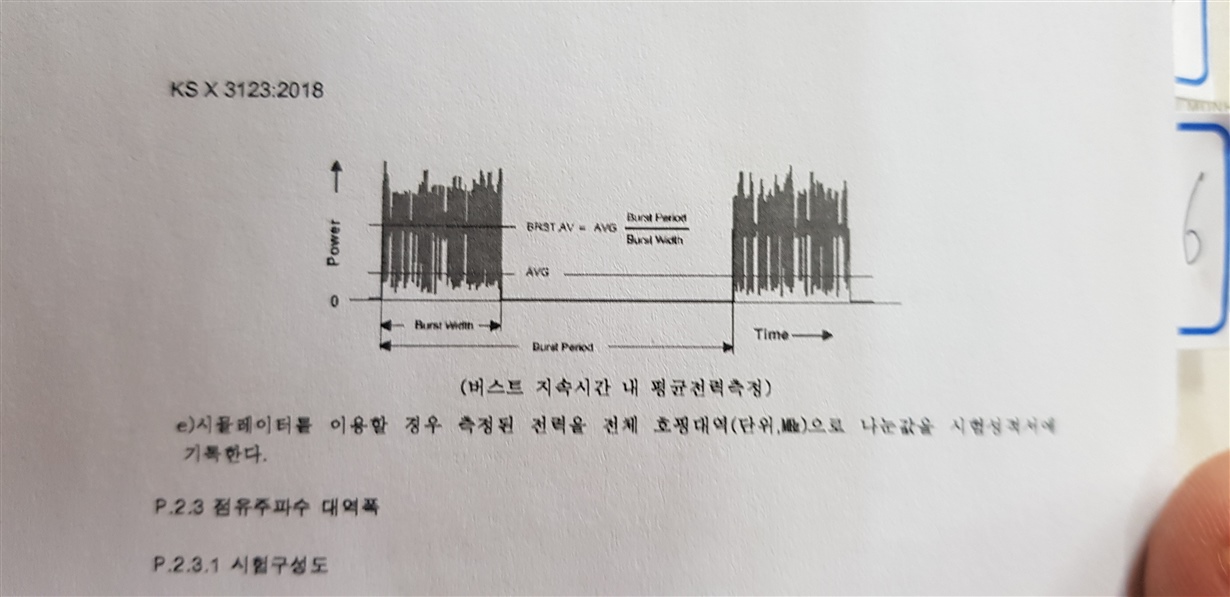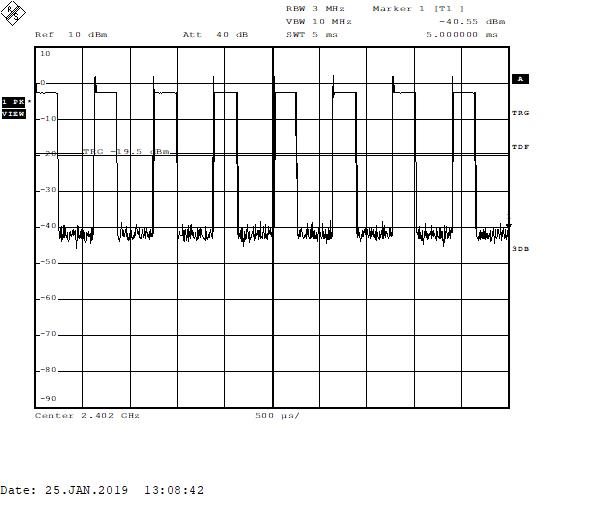We faced a difficulty for KC certification in Korea.
We developed a cc2650 based Bluetooth enabled product, and need the KC certificate, which is mandatory in Korea.
We send the product to test department, and got a feedback like below video clip.
Please refer the link below for the test result.
https://drive.google.com/file/d/1T1ujZFzYzpzlZ1oFuBIHOhFKgGIaU8QF/view?usp=sharing
In the video clip, the central frequency is keep changing, and because of this, we could not meet the test procedure of KC certificate.
We used SMART RF STUDIO 7 and cc devpack debug board for the setup.
The problem is the generated signal is not periodic. We even tested the same procedure with cc2650STK (original one from TI) and it could not pass the test.
Please help us to resolve this issue.
Best regards,
>Sejin



